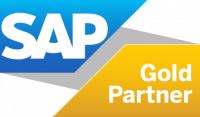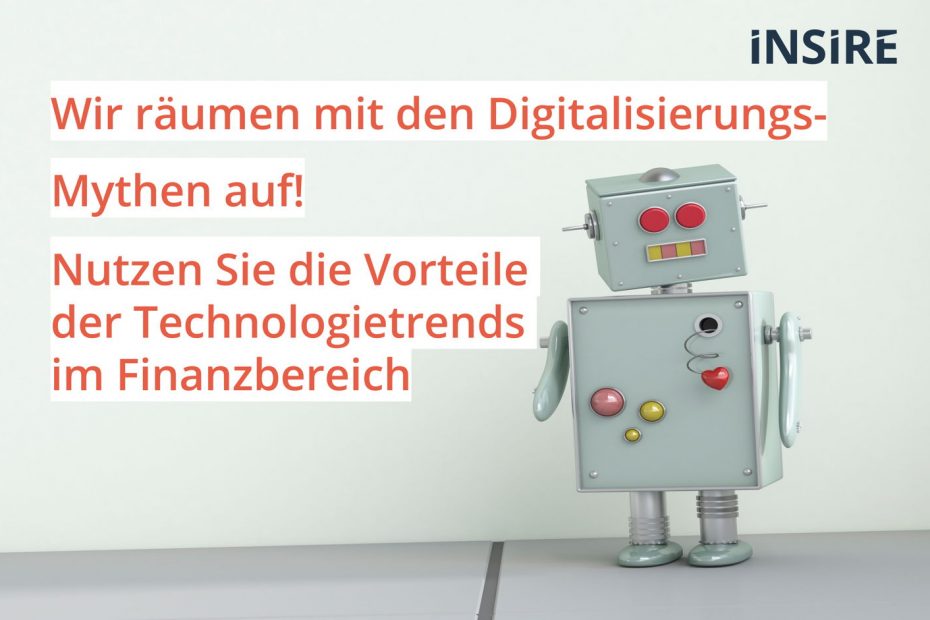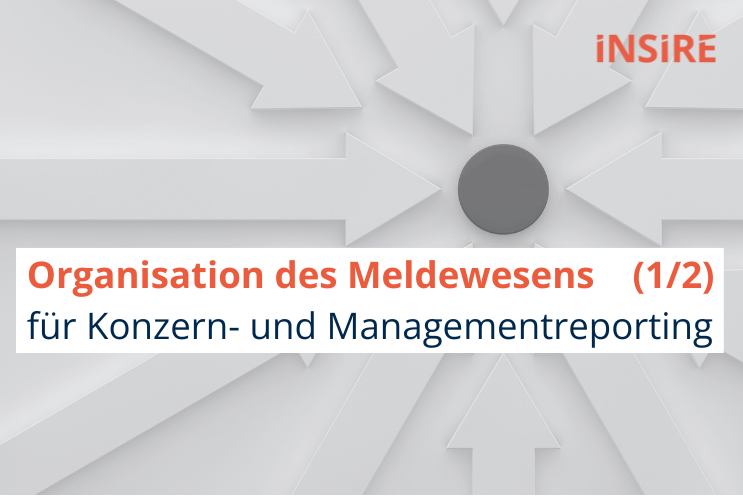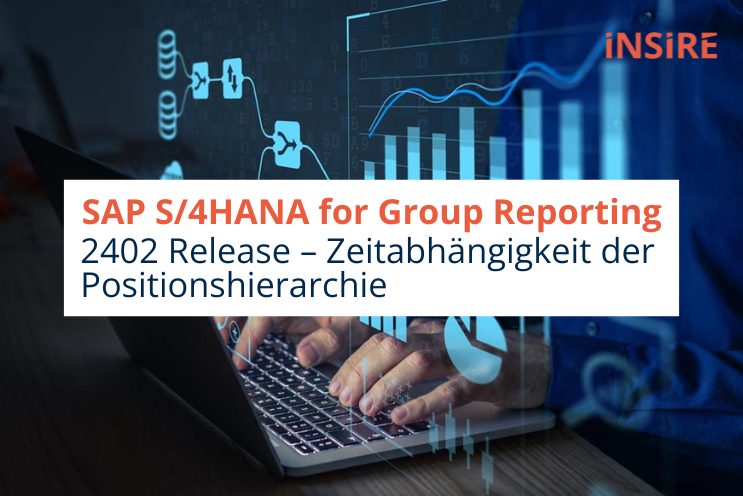In this multi-part series, we want to take a look at what the current progressive technology trends are and how they are influencing the disciplines of corporate performance management. In doing so, we would like to present different perspectives in individual articles as well as deal with individual special technologies and use cases.
The importance of digital resilience has been particularly tested during the COVID years. Among other things, it became clear that even in the coalition agreement, a special section is dedicated to the topic of digitization. Meanwhile, the last few years have acted as a catalyst, forcing people to embrace technology to enable business continuity and build organizational resilience. It can be seen that in many places the full potential of innovative technologies has not yet been tapped.
While more and more companies are proclaiming a digital agenda in order to make company processes more efficient through the use of technology, only a fraction manages to successfully exploit all advantages in an integrated and large-scale manner. The reasons for this include the legacies of the old systems, the inertia in shaping change, fear of disruption and ultimately for your own job or the complexity of the change management that is coming.

Based on RPA-Implementation-Guide-A-Whitepaper-by-RapidValue
Even if you have decided to follow the path of innovation and renewal, the challenges that management and specialist departments in particular face can be as varied as they are enormous. These include the quality and availability of key IT resources, high (IT) investments in new systems and, last but not least, complex ERP systems that have been customized over the years, which were expensive to introduce and develop, but also a lot of money for maintenance and all devour adaptation.
A lack of awareness and knowledge of new technical possibilities or understanding of them often play a decisive role in why projects are not tackled. Because in order to exploit the full potential, a cross-functional way of thinking that goes beyond different technologies is crucial in order to achieve the goal by combining the methods and possibilities.
However, against the background of the ever faster changing business world, regulatory requirements and in particular the imminent exponential disruption of existing technologies (*Cathie Wood Of Ark Invest), many decision-makers have already taken the view that the development of technological competence in key technologies is absolutely necessary is to increase efficiency and thus one's own competitiveness and to be able to deliver more with less.
Concerns about your own job are completely unfounded. The shortage of skilled workers of all kinds can already be felt today and can only be compensated for by technological progress. Rather, the role profile will change and evolve. In addition, with falling costs for the use of technology, many use cases have also become sensible from a financial point of view. This is driving the overall competition, because digitization means efficiency means competitive advantage! If you don't make the connection, you run the risk of chasing the competition.
Where are the drivers of development?
Three areas are particularly significant and, from a technological perspective, also drive innovation within the organization and processes. The areas that will characterize the ongoing development can be described as a paradigm shift:
From batch processing to real-time data availability
Currently, the exchange of data or the updating of data takes place in many places on the basis of planned periodic jobs, or only with user interaction. Especially in the area of FP&A and accounting, the information consumer is dependent on manual uploads or even night runs to get current financial data. Even if there are direct interfaces between the systems.
Thanks to new database technologies and advances in data transmission, data consumption is shifting towards real-time availability. Similar to many apps on our mobile phones, financial data will become available more and more quickly with the help of new technology. The blockchain, which can store various types of information centrally and in real time and make it available to everyone, can play a not inconsiderable role in the future.
Along with this, the adaptation of the processes to this new world is absolutely necessary. Previously existing process steps have to be redefined, which at the same time offers a great opportunity to eliminate legacy issues.
Individual task-driven work is eliminated in favor of intelligent process automation
Processes and process steps designed and managed in Excel with tasks or to-do lists up to the entire data processing were the core of many organizations. Tasks such as data collection, data processing and reporting were carried out in error-prone Excel sheets for more than 30 years.
With the world of robotics, the first step has been taken to automate many of the manual tasks and, above all, to make them faster and more error-resistant. If you also adopt technologies such as machine learning, you get intelligent process automation, which means that tasks cannot be processed simply, but the machine can make decisions based on the data it finds and, for example, correct obvious errors in the data.
From the basement to the cloud
The growth of cloud providers alone makes it clear that this trend is already in full swing. Own IT infrastructure promised a certain degree of reliability but also security against data loss or cyber attacks. Concerns about issues such as privacy or data theft slowed down the path to the cloud in the early days.
However, with improved encryption technologies and declining costs along with much greater flexibility and scalability, the benefits of the cloud outweigh them. Cloud technology has developed as the biggest driver of digitization. It enables the availability of data and systems from anywhere in the world where there is an internet connection. Expansions of business areas take place with the snap of a finger, rather than with long lead times and costly investments in IT infrastructure.
Disruptive technologies and how they drive the paradigm shift.
In the following, I would like to briefly introduce you to five up-and-coming key technologies, which we will go into more detail in the following parts by presenting use cases and success stories. As the series progresses, more technologies will be added that we believe will have a major impact on tomorrow's business world. Above all, the combination of technologies is interesting and promotes efficiency
Robotic Process Automation (RPA)
RPA is the automation of repetitive mass tasks. What previously had to be done manually, programmed bots sometimes do in seconds. Employees can thus concentrate on the essential content.
Various RPA tools can be implemented and operated independently of existing systems. Complex tasks can also be automated across different applications.
Cloud
Current cloud services are characterized by flexibility, high scalability and the availability of data and services at all times. The provision of large IT infrastructures is becoming obsolete, especially because the cloud offers many different models, from the “taxi” available on call to the “leasing car”. High standards for data security and encryption make the transition easier
Machine Learning & AI
Accurate forecasts based on historical and external data without lengthy data collection and entry processes. The technology is still in its infancy but is still very promising. In connection with RPA, opportunities open up to have entire business processes run automatically. Touchless finance is the keyword here. Man only monitors and controls
Natural Language Processing (NLP)
While Alexa, Siri and Co have long since found their way into the private sector, their use in financial applications is still rather sparse. NLP is natural language machine processing technology. This includes the control or communication with systems as well as the automatic generation of texts or language from balance sheets, for example.
Blockchain
The blockchain is a distributed ledger technology that makes it possible to set up decentralized networks with very high security standards instead of the usual central management of data. Although this is a so-called “early stage” technology, the momentum for it is very high. Use cases are developed in particular where traceability, non-tracking, integration and security are at stake.
Concrete use cases, e.g. in the traceability and increase in efficiency of marketing campaigns or the optimization of intercompany transactions, already exist and are constantly increasing.
If you want to learn more about how technology will affect our everyday business, then visit us regularly on LinkedIn or on our homepage!




